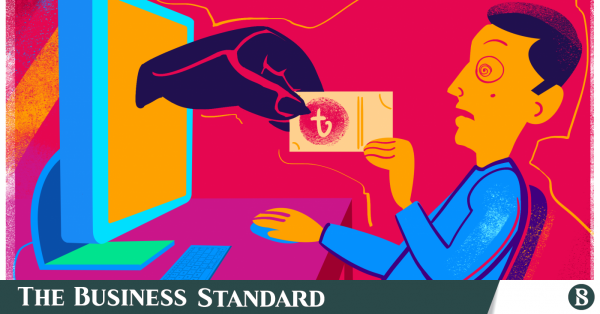The Viral Deception: How Social Media Fuels Disinformation and Its Devastating Consequences
In the digital age, where information traverses the globe at lightning speed, social media platforms have become breeding grounds for disinformation, blurring the lines between fact and fiction. A recent case involving a Bangladeshi expatriate in Denmark exemplifies the insidious nature of online falsehoods and the devastating consequences they can unleash. The individual found his photograph hijacked by a Facebook page, woven into a fabricated narrative of rags-to-riches success. The post falsely claimed he had achieved extraordinary financial success within months of arriving in Denmark, a stark contrast to his actual modest earnings and stable background. This incident highlights the vulnerability of individuals to online exploitation and the ease with which misinformation can spread like wildfire.
The Facebook page at the center of this controversy thrives on churning out similar fabricated tales of triumph over adversity. These stories, strategically stripped of identifying details, prey on the aspirations of vulnerable audiences, luring them with the promise of easy success abroad. With thousands of followers and posts garnering significant engagement, the page operates as a sophisticated manipulation machine, exploiting hope and monetizing desperation. Posing as a prospective student, an investigation revealed the page’s ulterior motive: financial gain. The administrator offered access to overseas education and employment opportunities for a fee, showcasing the calculated nature of this online scam.
This incident is far from isolated. The digital landscape is rife with deceptive practices, from NFT fraud on Twitter to doctored images inciting violence. Social media’s inherent structure, designed for rapid information dissemination, allows misinformation to metastasize globally within seconds, often bypassing traditional fact-checking mechanisms. The lack of media literacy, particularly among vulnerable populations like the elderly and marginalized communities, exacerbates the problem. These groups, often lacking access to credible information and the skills to navigate the digital world, become prime targets for online scams and manipulation.
The motivations behind disinformation campaigns are multifaceted, extending beyond mere financial gain. These campaigns frequently serve darker agendas, stoking religious tensions, manipulating political discourse, and fueling communal strife. The 2019 rumor surrounding the Padma Bridge construction, which falsely claimed children were being buried beneath it, exemplifies the devastating consequences of such misinformation. The rumor sparked widespread panic and led to the tragic lynching of an innocent mother. Similarly, the 2012 Ramu violence, ignited by a forged image of a burnt Quran, demonstrates the potential of online falsehoods to incite real-world violence and destruction. Even public health becomes a casualty in the disinformation war, as evidenced by the spread of baseless COVID-19 cures during the pandemic, leading to hospitalizations and deaths.
While fraud and sensationalism existed long before the advent of social media, the digital age amplifies their reach and impact. The absence of effective regulation and accountability mechanisms in the online sphere allows misinformation to proliferate unchecked, posing a significant threat to individuals and society as a whole. The power of a single post to incite riots, ruin reputations, or even end lives underscores the urgency of addressing this growing menace.
Combating the pervasive threat of online disinformation requires a comprehensive and multi-pronged approach. Media literacy, the ability to critically evaluate information and distinguish fact from fiction, must be prioritized as an essential skill for navigating the digital landscape. This necessitates a collaborative effort between researchers, educators, and policymakers to develop effective media literacy programs tailored to diverse audiences, particularly vulnerable groups. Nationwide campaigns aimed at demystifying digital manipulation techniques and promoting critical thinking are crucial. Equipping citizens with the tools to identify and debunk misinformation is not merely an option but a civic imperative in the digital age. The stakes are too high to ignore the insidious spread of online deception and its potential to undermine trust, sow discord, and inflict irreparable harm.


